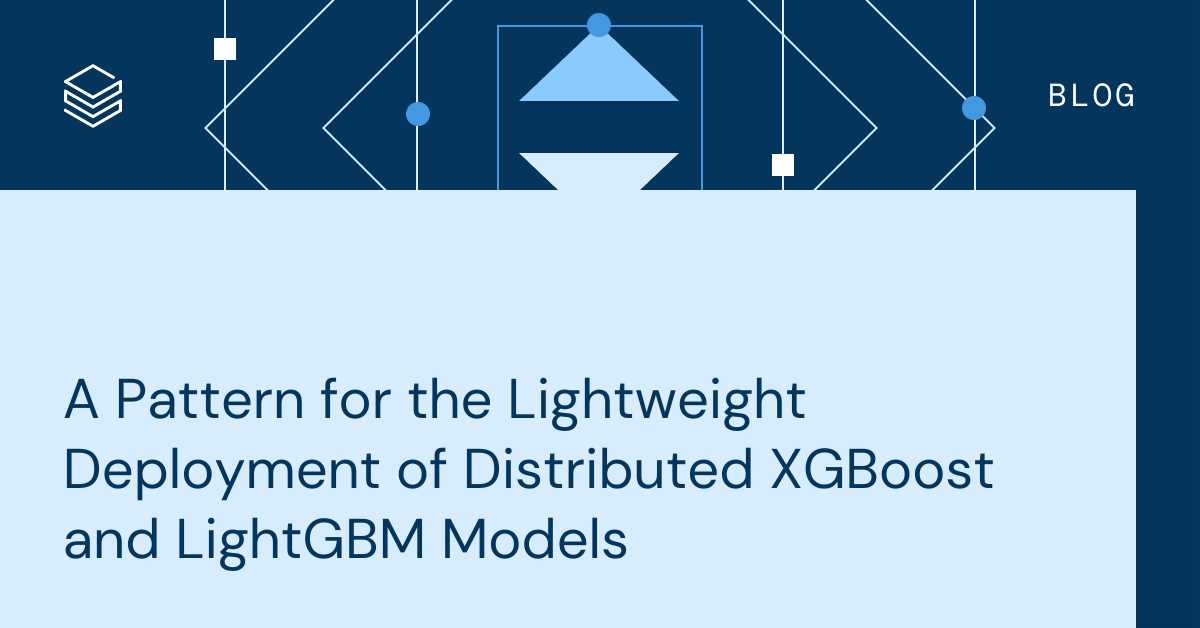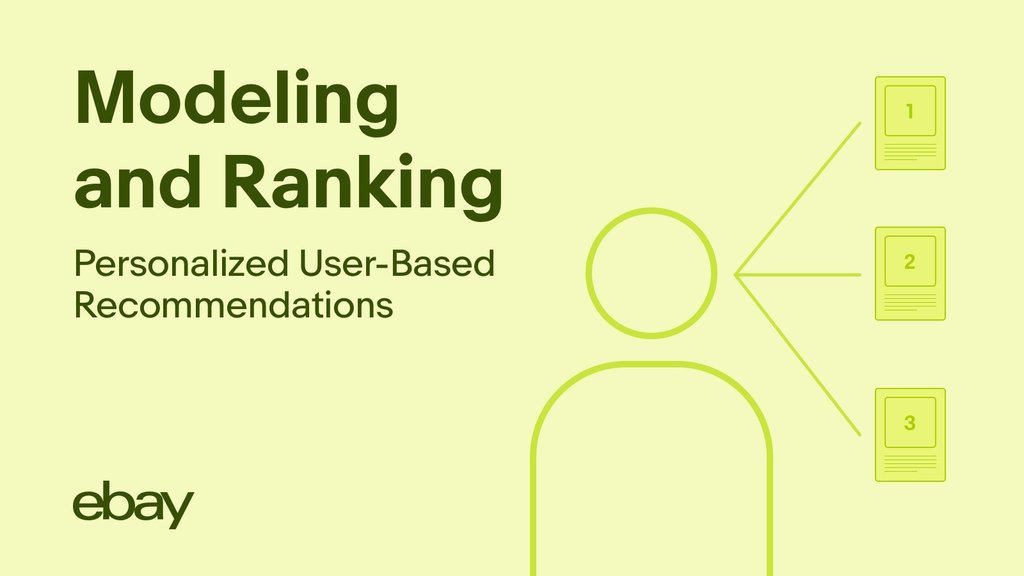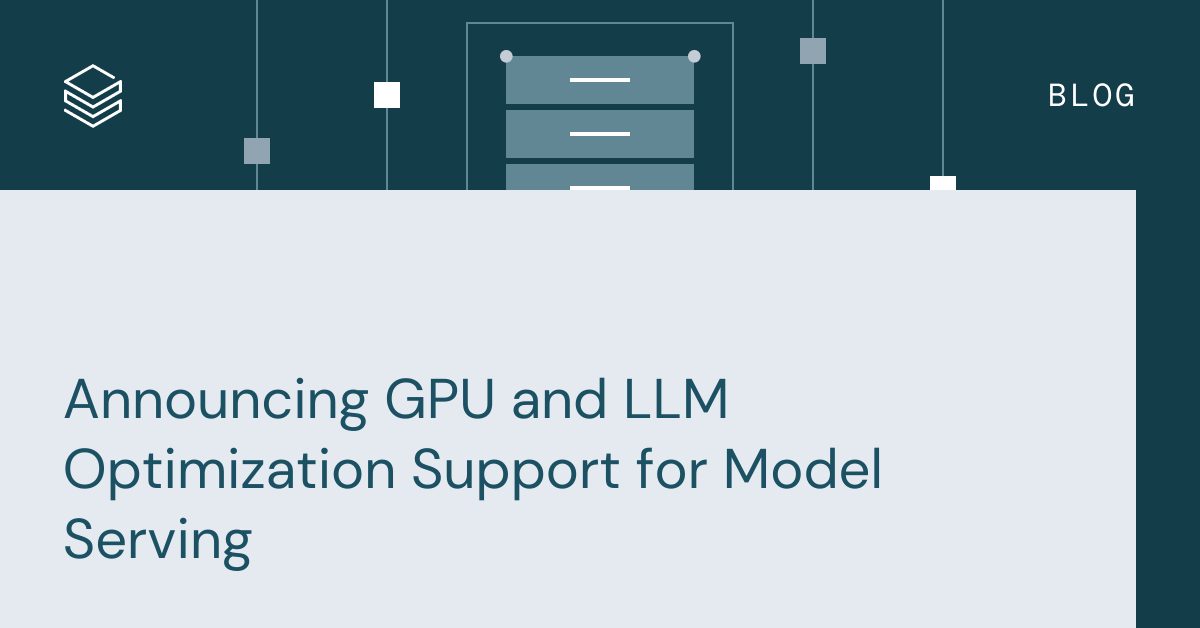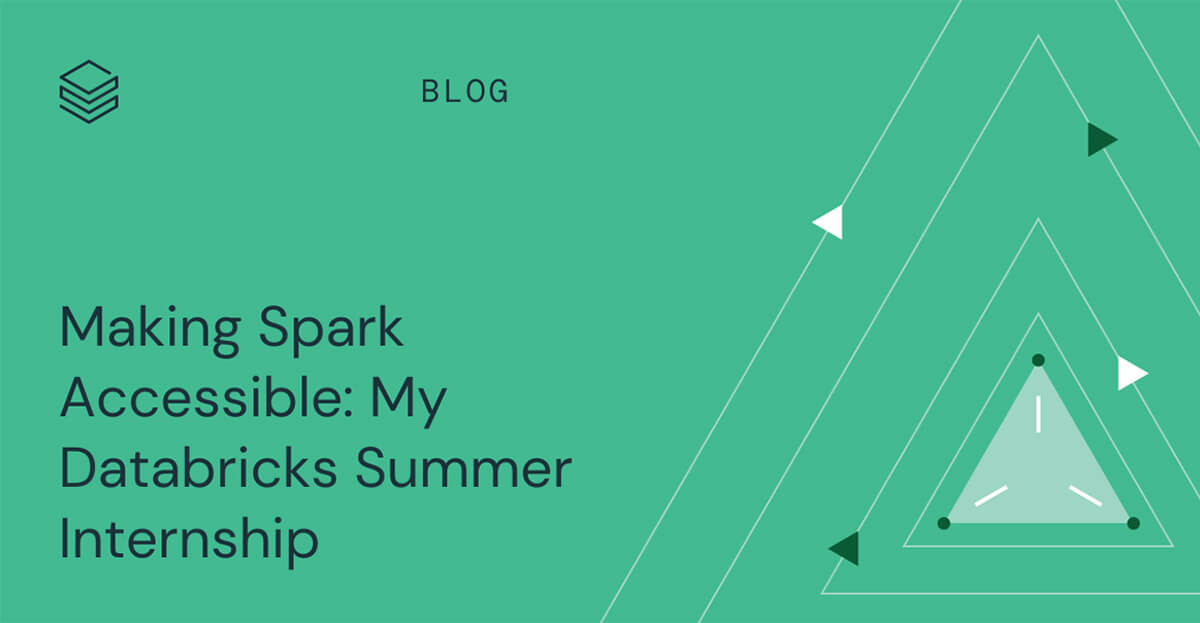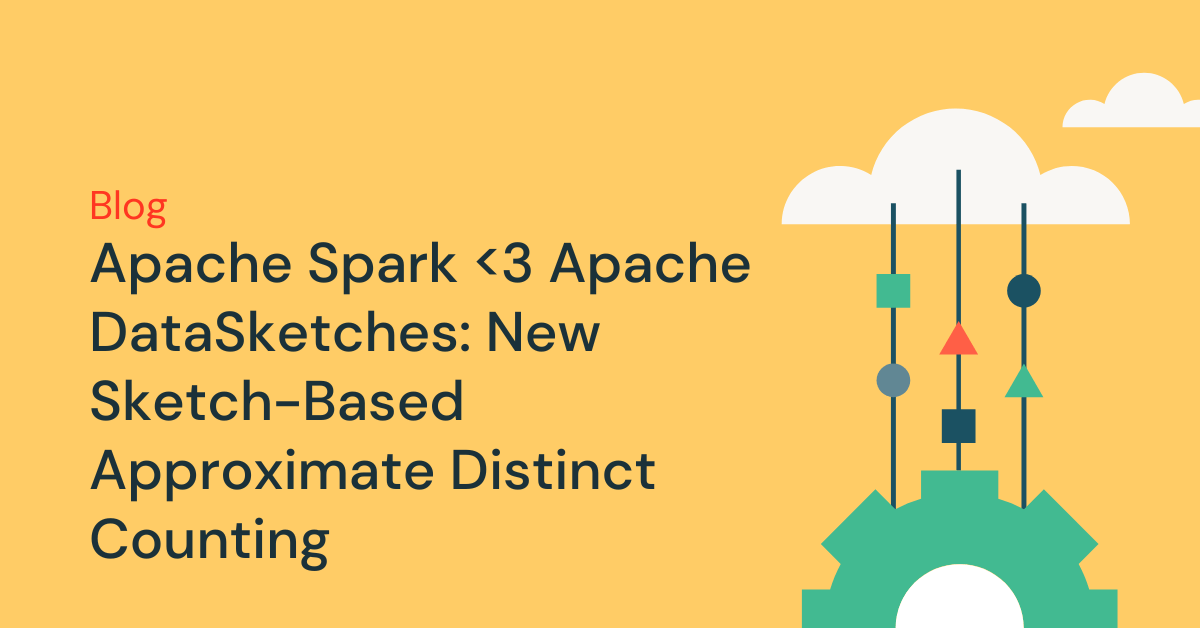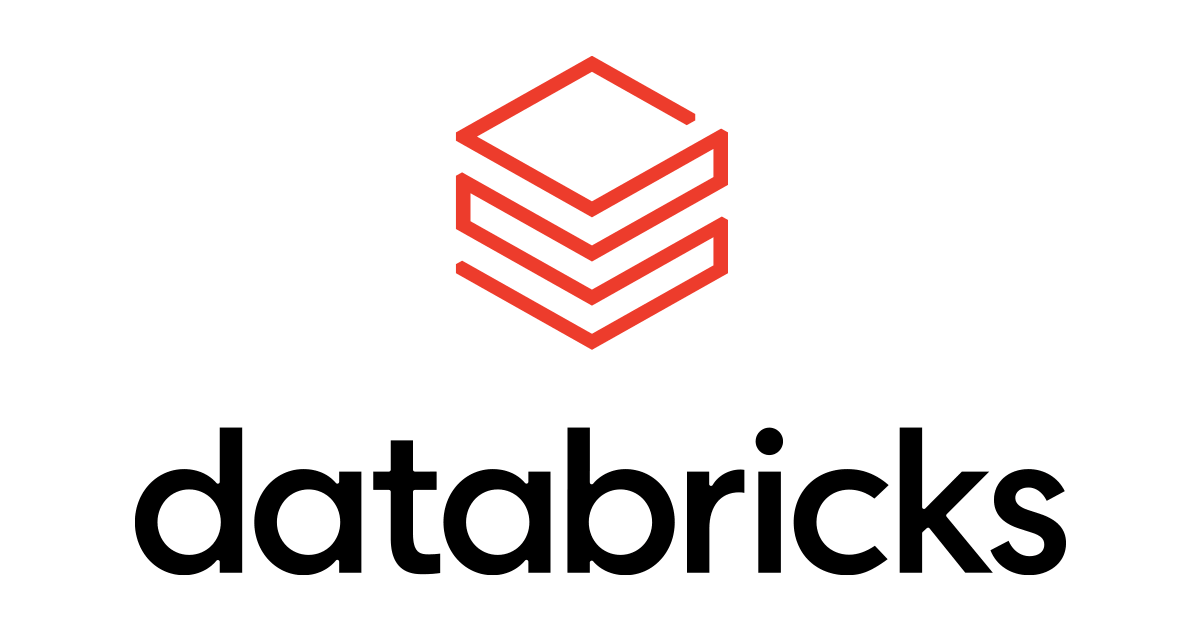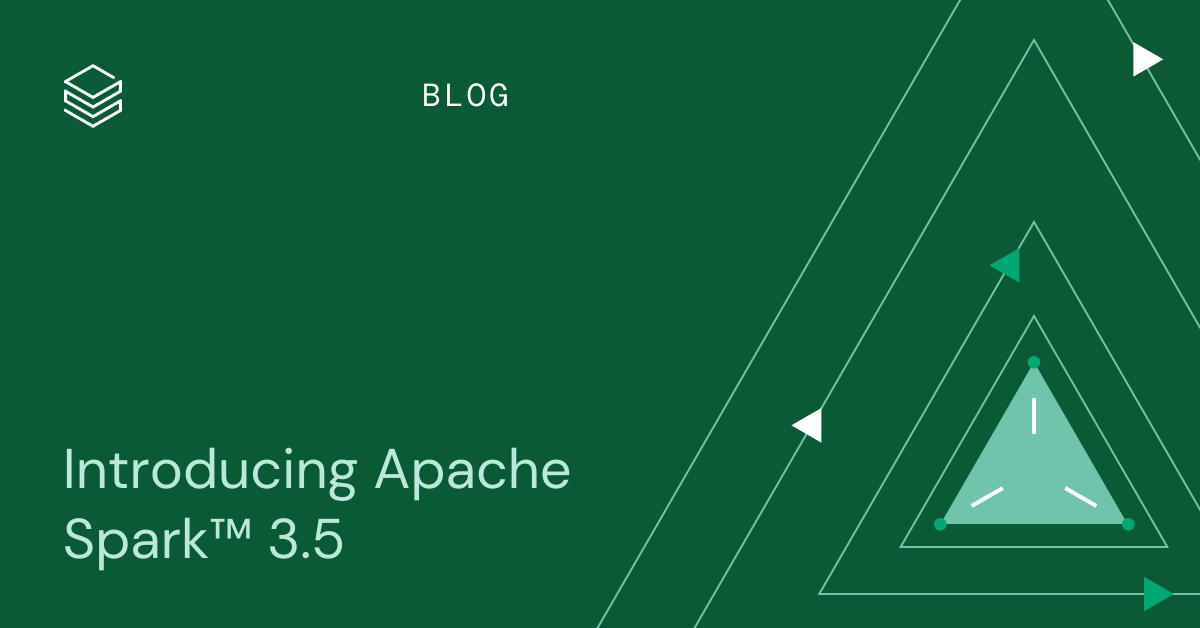A Pattern for the Lightweight Deployment of Distributed XGBoost and LightGBM Models
A common challenge data scientists encounter when developing machine learning solutions is training a model on a dataset that is too large to fit into a server’s memory. We encounter this when we wish to train a model to predict customer churn or propensity and need to deal with tens of millions of unique customers. […]
Continue Reading